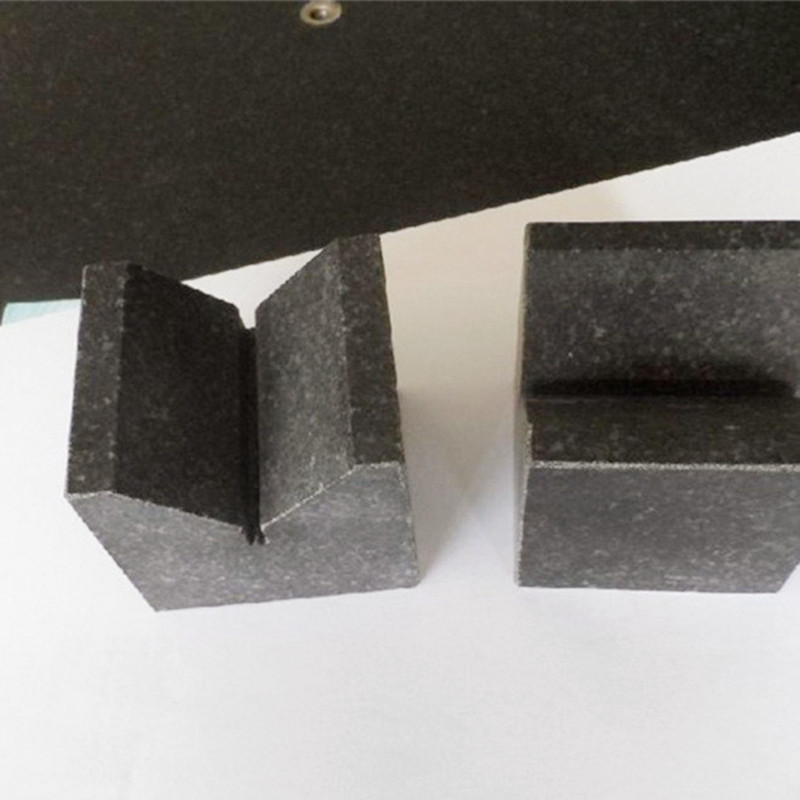ທ.ວ. . 28, 2024 20:29 Back to list
Adjusting and Using a Bore Gauge for Accurate Measurements
Setting Up a Bore Gauge A Step-by-Step Guide
Bore gauges are essential tools used in machining and mechanical engineering to measure the internal diameters of holes with precision. Ensuring that they are set up correctly is vital for achieving accurate measurements. This article will provide a detailed guide on how to effectively set up a bore gauge, ensuring that it operates at its full potential and delivers reliable results.
Understanding the Bore Gauge
Before delving into the setup process, it is essential to understand the components of a bore gauge. Generally, it consists of a measuring shaft, a dial indicator or electronic readout, and measuring heads of various sizes. The gauge operates by being inserted into the bore, and the measuring heads expand to contact the bore wall, allowing the gauge to read the inner diameter.
Step 1 Gather Necessary Tools and Materials
To begin the setup, you will need - A bore gauge - Calibration blocks (if available) - A clean, dry working area - A set of calipers for initial checks - Lubrication oil (if necessary)
Ensure that all your tools are in good condition and that you have a clear workspace to minimize distractions.
Step 2 Prepare the Bore Gauge
1. Inspect the Bore Gauge Check for any visible damage or wear on the measuring heads, shaft, and dial indicator or electronic screen. Any damaged component could affect measurement accuracy.
2. Clean the Gauge Use a lint-free cloth to wipe down the measuring heads and shaft to remove any debris or oils that may interfere with the readings.
3. Select the Appropriate Measuring Head Choose the measuring head that corresponds to the range of the bore you intend to measure. This is crucial for ensuring that you obtain a reading within the measurement limits.
Step 3 Calibrate the Bore Gauge
Calibration ensures that the gauge provides accurate readings. The procedure involves the following
1. Insert Calibration Block If available, insert a calibration block with a known diameter into the bore gauge. It allows you to set a baseline.
setting bore gauge

2. Adjust the Dial Indicator Adjust the dial indicator or electronic readout to zero while it is in contact with the calibration block. This step is vital to ensure accurate future measurements.
3. Error Adjustment If there's any discrepancy between the known diameter and the dial reading, adjust the gauge accordingly. Some gauges come with an offset function, making this process easier.
Step 4 Set the Bore Gauge for Actual Measurement
1. Insert the Bore Gauge Position the bore gauge inside the bore you wish to measure. Ensure it is inserted straight and not at an angle to avoid inaccurate readings.
2. Expand the Measuring Heads Gently expand the measuring heads by turning the adjusting knob until they make light contact with the bore walls. The key here is to avoid over-tightening, which can lead to deformation of the gauge or damage to the bore.
3. Take the Measurement Once the gauge is correctly positioned and fitted, read the dial indicator or the electronic screen. Record the measurement promptly to avoid errors.
Step 5 Maintenance After Use
After completing the measurements, it is crucial to maintain the bore gauge properly
1. Clean the Heads Wipe the measuring heads with a clean cloth to remove any residual oil or dirt.
2. Store Correctly Place the gauge back in its protective case or secure area to prevent damage.
3. Regularly Check Calibration Periodically re-check the calibration of your bore gauge to ensure ongoing accuracy.
Conclusion
Setting up a bore gauge is a straightforward process that, when done correctly, ensures reliable measurements vital for precision engineering tasks. By following these steps, professionals and hobbyists alike can achieve the necessary accuracy for their applications. Proper maintenance and regular calibration will help prolong the life of the gauge and maintain the integrity of measurements. Whether you're in a workshop or a garage, having a calibrated and well-functioning bore gauge is indispensable for any machining project.
-
Why Metric Trapezoidal Thread is Ideal for Precision Motion ControlNewsAug.05,2025
-
The Unique Properties of a Block of Granite for Industrial UseNewsAug.05,2025
-
The Role of Flanged Y Strainers in Preventing Pipeline ClogsNewsAug.05,2025
-
The Importance of Regular Calibration for Master Ring GagesNewsAug.05,2025
-
How a Cast Iron Surface Table Enhances Accuracy in ManufacturingNewsAug.05,2025
-
Comparing Different Check Valve Types for Optimal Flow ControlNewsAug.05,2025
Related PRODUCTS









